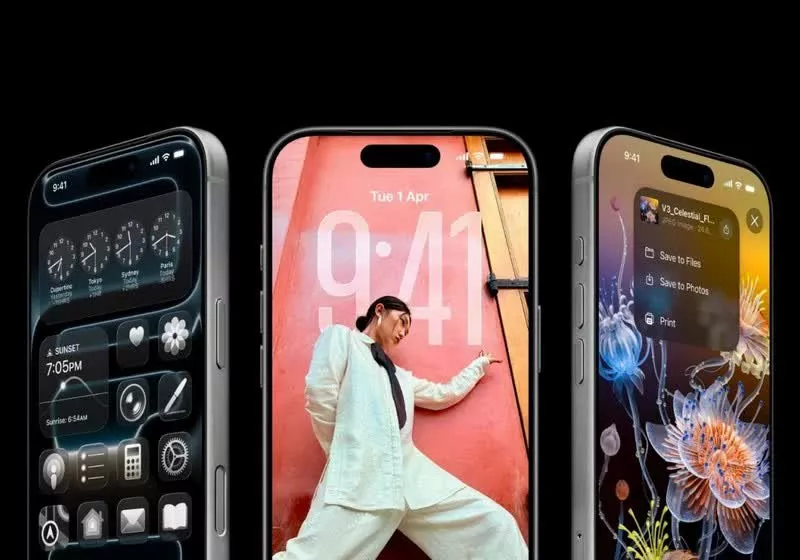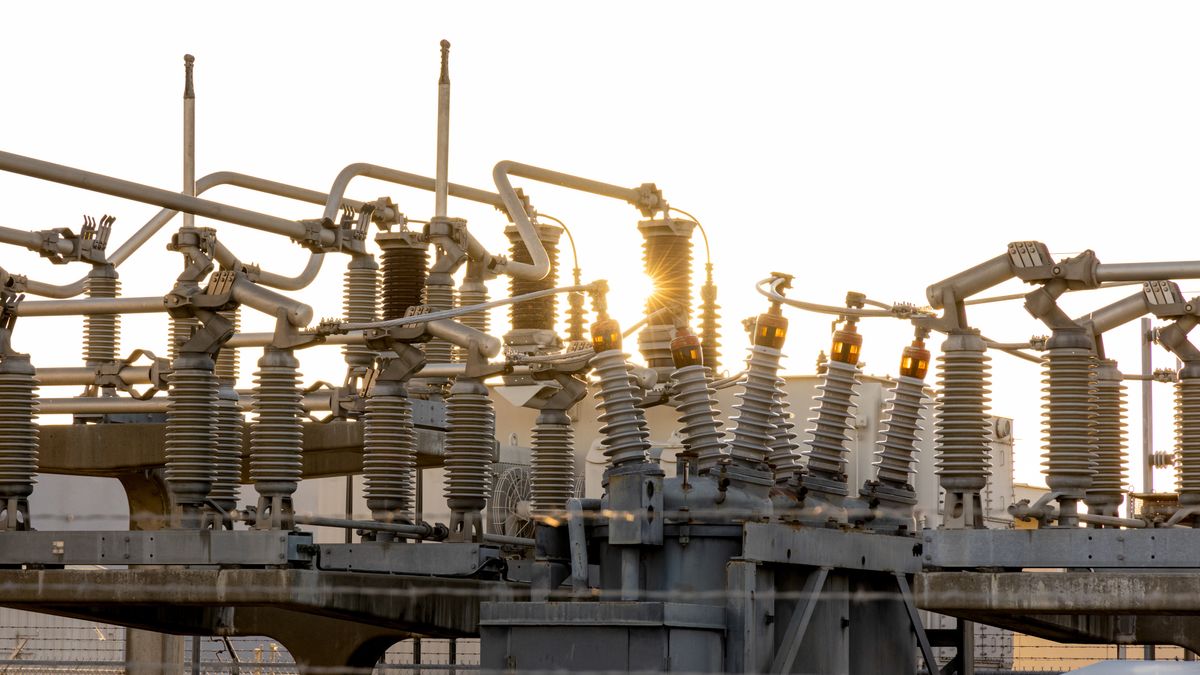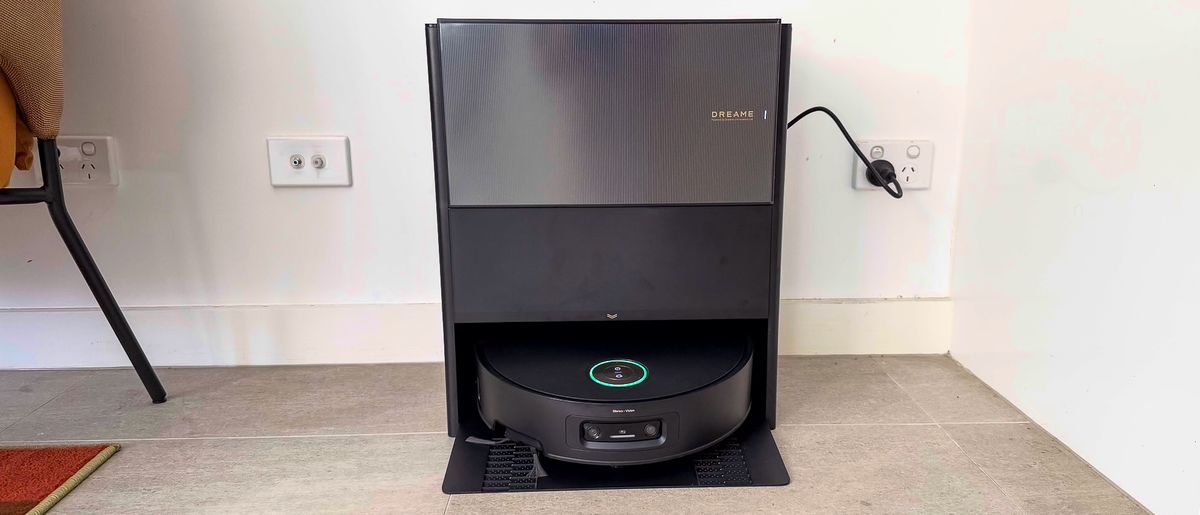Matas Buzelis was in a situation every professional basketball player dreads.
In a recent game, Buzelis, the 6′ 10′′, 20-year-old small forward entering his second season with the Chicago Bulls, came down on another player’s foot after leaping. This sickening scenario often means an ankle injury is about to occur, especially for players like Buzelis with a lengthy history of them dating back to his high school years.
“I felt my ankle starting to go,” Buzelis recalls via email.
And then … it didn’t. Buzelis played on. And he gives the credit to a new ankle protection technology currently spreading around the NBA.
Buzelis is one of a number of NBA players who, in the last few years, have begun using “adaptive” ankle brace tech from a company called BetterGuards. The new approach to ankle protection is headlined by a seat-belt-like “locking” mechanism around the outside of the ankle, combined with a level of fit and comfort that’s previously been impossible to achieve with bulky ankle braces. The company touts impressive numbers for both ankle injury prevention and recovery scenarios, claiming over two thirds of the NBA’s teams have ordered BetterGuards for their players.
They’ve got NBA trainers excited, too—so much so that BetterGuards and the National Basketball Athletic Training Association recently partnered up. The NBA will be an incubator of sorts, allowing some of the world’s best athletes to have a direct hand (foot?) in improving this still-young technology. The eventual goal is to make a real dent in one of the most common injuries not just in basketball, but in the broader sport and general populations—and perhaps to eventually apply similar sorts of technology to other common injuries.

Courtesy of Betterguards
Joint Effort
“You could fill up Madison Square Garden 10 times a week with the number of ankle injuries in the US alone,” proclaims BetterGuards CEO and managing director Tony Verutti.
He’s right, or at least close. WebMD estimates an average of 25,000 Americans sprain their ankle every day (MSG’s capacity is around 20,000). Either way, the point stands.
These injuries are an even more acute issue in the NBA. One study found that 33 percent of all NBA players sustained an ankle injury during a recent five-year period, 55 percent of which led to absences of between two and 10 games. Injury tracking site Hashtag Basketball lists ankle sprains as the single most common malady in the league in the past 15 years. Innovations in ankle injury prevention have been few and far between despite their prevalence, with most of the industry still focused around bulky braces or tape- and sleeve-based products that offer limited protection.
Vinzenz Bichler, BetterGuards founder and current chief innovation officer, grew weary of the limited orthotics and support options after breaking his ankle three separate times over a decade ago. As a bioscience student in Berlin, he knew there had to be a more adaptable way to brace the ankle. Over a period of years, Bichler and a growing team of biomechanical engineers, scientists, and researchers designed and continually refined what they now call their “ankle stabilizer” product. A finalist appearance at the 2022 iteration of NBA Launchpad, a yearly event highlighting emerging basketball tech, really put BetterGuards on the map.
The ankle stabilizer functions like an artificial lateral ankle ligament, but with a crucial difference in the world of ankle injuries: It reacts faster than the human body.
Multiple studies indicate it takes our brains between 80 and 170 milliseconds to recognize an ankle beginning to roll, often much too late to react and prevent injury. But BetterGuards claims their stabilizer reacts in 22 to 32 milliseconds, commonly fast enough to stop a sprain or a more serious injury.
“As [BetterGuards will] tell you, let’s create a seat belt for the ankle,” says Barnett Frank, director of performance science for the Utah Jazz. Frank, known as one of the NBA’s most tech-forward trainers, is centrally involved with the NBATA’s BetterGuards incubator program.
It’s a common line from BetterGuards proponents and the company itself, and it’s easy to see why. A car’s seat belt typically has plenty of give when pulled slowly and deliberately; yank it suddenly, though, and it locks up.
The same concept applies to the ankle stabilizer, which uses what the company calls “micro-hydraulic” material that’s designed to remain flexible during most basic athlete movements. But if the ankle suddenly begins to turn, the stabilizer (also called a “check ring”) locks into place.

The stabilizer inside the brace.
BetterGuards claims this approach yields 40 percent better protection than traditional ankle braces and tape, and does so without impacting other parts of the body.
“A lot of braces that are really rigid, it will move the force to the knee or to the hip,” Verutti says, an effect that simply relocates the injury risk.
BetterGuards was involved in multiple studies to validate that its brace isn’t causing the same issue. (Multiple NBA trainers surveyed for this story said that while they don’t necessarily doubt this research, they’d like to see more to confirm it.)
The real kicker, though, is the stabilizer’s ability to provide that protection without sacrificing comfort, something prior ankle brace products mostly failed at.
“I always hated ankle braces, because a lot of the braces I tried before were really stiff and bulky,” Buzelis says. “BetterGuards are totally different. They really feel more like a sock when you’re wearing them … I can cut, jump, move side to side, and do everything I need to do out there without feeling restricted.”
Buzelis says he’s worn the brace for every practice and game since even before entering the NBA. He recommended them to multiple teammates, including Bulls point guard Josh Giddey, who also became a user. The list of notable NBA players using them also includes brothers Franz and Mo Wagner, Austin Reaves, Aaron Nesmith, Jalen Johnson, and TJ McConnell.
The brace is often worn by players recovering from an ankle injury. Again, it replaces the rigidity of previous braces, which Verutti says hurt the recovery process.
“It actually makes the ankle weaker,” he says, claiming that well over half of all people with ankle injuries suffer residual problems within 18 months as a result. “What you need is movement. That’s what’s strengthening all of your ancillary ligaments and tendons.”
Recent research seems to support Verutti’s claim, showing a faster return-to-play timeline for athletes using BetterGuards compared with a control group. In a league like the NBA, results like that have a tangible financial value.
“Ankle sprains are the number one time-loss injury in the NBA every year,” says Eric Waters, director of player health and performance for the Chicago Bulls. Waters says several Bulls players, including Buzelis, are big fans of BetterGuards. “You’re saving, for us, millions and millions of dollars of games lost to injuries.”
Frank and Waters are among several team trainers with multiple players who use the products regularly. Through the incubator program, they’ve entered into a sort of feedback loop with the company, which offers rapid prototyping from a new manufacturing facility in Croatia. When a player requests a tweak, they can test out a revised product within a week or two. Players and trainers get all the benefits of this new approach to ankle protection; BetterGuards gets a population of elite athletes to offer feedback on its products.
The ultimate goal, for both the company and several NBA trainers, is to help this tech become more recognizable and accessible at every level of sport and activity, from the best basketball players in the world to your everyday trail runner.
Trainers surveyed for this story think the ankle might be only the beginning. Perhaps a brace could be created to stop hyperextension of the knee with a similar check ring approach. Injuries to the ulnar collateral ligament (UCL, better known as the Tommy John ligament) have become an epidemic in Major League Baseball in recent years; Waters hypothesizes a sleeve could use the same kind of mechanism to protect pitchers. He even mentions the Achilles tear, arguably the most severe semi-common injury across all sports. The NBA had a league-record seven such injuries last season, prompting commissioner Adam Silver to announce a convened panel of experts to probe the injury.
Waters explains that Achilles tears typically take place during a “false step” planting of the foot at a steep angle athletes typically don’t reach. Combined with enough force, the Achilles can rupture. “If you can attenuate the force a certain amount of newton-pounds at the end ranges, you could potentially prevent Achilles tears,” he says.
CEOs of companies at this stage often make grand proclamations regarding future plans, and Verutti plays the part to a degree.
“My goal is to make this a piece of nonnegotiable sports equipment,” he says. “You put it on with your socks and shoes.”
In this case, though, it’s the people outside the company banging the drum loudest for the technology’s future potential.

 1 month ago
162
1 month ago
162







 English (US) ·
English (US) ·